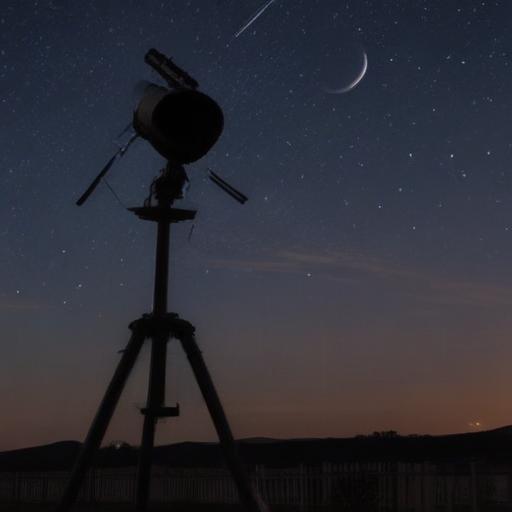In late July 2025, stargazers are in for a treat as meteor activity peaks with two significant showers: the alpha Capricornids and the Southern delta Aquariids. The moon’s presence will be in the evening sky but will set before the peak of these spectacular displays, providing ideal viewing conditions.
The alpha Capricornids, which run from July 7 to August 13 with a peak around July 30, are characterized by their occasional bright fireballs. Although the expected hourly rates range from 3 to 5 meteors at maximum, some members of this shower can outshine the brightest stars. Observers should look towards the radiant location, near the double star alpha Capricornii, rising in the east around 8 PM local daylight time (LDT). The best visibility will come later in the night when the radiant is higher in the sky and the moon has set, particularly around midnight to 1 AM.
Meanwhile, the Southern delta Aquariids will also peak on July 30. This shower is active from July 19 to August 13 and will have a radiant that rises around 10 PM LDT. This shower tends to produce faster meteors that usually last less than a second and will peak with hourly rates of 5 to 10 meteors, potentially reaching 10 to 20 per hour in the southern hemisphere, where the radiant is overhead. The clouds of meteor activity will originate from southwestern Aquarius, just west of delta Aquarii.
In addition to these showers, expect to see up to 10 random meteors per hour, including some early Perseids. Optimal viewing conditions call for a comfortable setup, ideally in a reclining chair facing south with a good view of the sky. Viewers are encouraged to find rural locations with minimal light pollution for the best experience.
For those interested in contributing to meteor observation data, there are resources available to help you document your findings.
Finally, should the evening of maximum activity be cloudy, the nights surrounding July 30 will still offer considerable meteor sightings, allowing enthusiasts to enjoy this summertime celestial phenomenon.
Robert Lunsford, an enthusiastic astronomer and meteor observer, has a long history with meteor observation and has contributed to the community through his writings and involvement with meteor watching groups. His experiences highlight the joy and fascination that come from watching the night sky, and he hopes others will find similar excitement in observing meteors.
